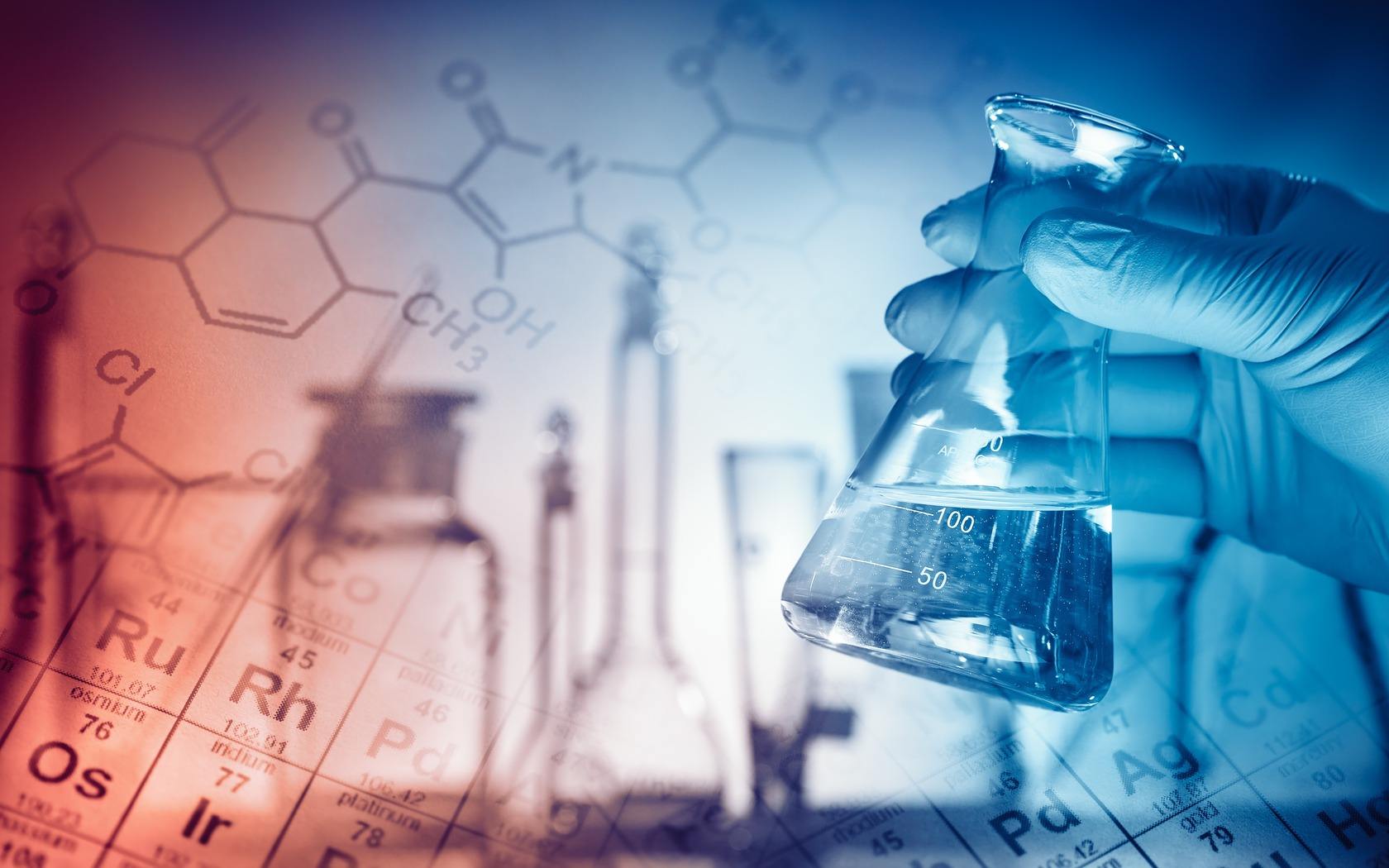1) Inhibit tumor formation; tumor formation is a multi-factor, multi-step, multi-gene mutation process. It is known that many chemical carcinogens can induce and promote tumor formation, and gallic acid has preventive and inhibitory effects on all stages of tumor formation. Gallic acid can inhibit the cancer-promoting effect of guanylate decarboxylase (ODC).
2) Cytotoxicity: Gallic acid can inhibit and directly kill tumor cells. When screening anti-tumor drugs by traditional Chinese medicine methods, it was found that when the IC was 4.8~13,2ml, GA exhibited cytotoxic effects on primary cultured rat hepatocytes and macrophages, and showed fibroblasts and endothelial cells. Minor cytotoxicity.
3) Inhibition of tumor angiogenesis: Angiogenesis is a crucial pathological process in tumor growth and metastasis, and the activation, proliferation, migration and tubule formation of vascular endothelial cells (VEC) are its key steps. The study found that gallic acid inhibited the growth of tumor blood vessels due to synergistic or potent stimulatory effects between gallic acid and other unproven extracts, suggesting a natural and easily controlled dosing regimen, and also for the anti-VEC regeneration of gallic acid. Provide clinical evidence.
4) As a polyphenolic substance, GA has strong antioxidant and anti-free radical effects. Oxidative and free radical damage is recognized as one of the important mechanisms that cause cell DNA damage and lead to cell malignancy
5) Induction of tumor cell apoptosis: research reports show that the sensitivity of GA to induce apoptosis does not change with cisplatin resistance, indicating that GA may be used in the treatment of lung cancer, especially lung cancer that is resistant to anti-tumor drugs
2. Effects on the liver
Chinese researchers believe that GA has the effect of anti-HBV. Anti-Hepatitis B Virus Surface Antigen (HBSAg) and Hepatitis B Virus e Antigen (HBeAg) were experimentally studied, using enzyme-linked immunosorbent assay (ELISA) technology to select 4 kinds of GA, Yunzhi Gantai, Yigan Granule and Yiganning Drug efficacy test. GA is an effective drug against HBSAg/HBeAg screened out in the laboratory.
3. The effect on blood vessels
The vascular effect of GA on the murine thoracic aorta was studied, and it was shown that GA had a vasoconstrictive effect on the constricted intact endothelial arteries treated with phenylephrine or prostaglandin F(2/), while GA had no vasoconstrictive effect on the naked endothelial arteries.
4. Prevention and treatment of AIDS
Gall tannins are esters of gallic acid and polyols such as glucose, quinic acid, shikimic acid, etc. Common types of gallic tannins are: tannins (Chinese gall tannins), shirataki tannins and tara tannins. Gall tannins are often a mixture of esters with varying degrees of doubling. Gallotannin is the main variety of tannin used in anti-HIV research.
5. Trypanicidal action
African key worms are flagellated protozoan parasites that can cause sleep disturbances in humans and animals.
6. For anti-inflammatory, bacteriostatic and antiviral effects
The anti-inflammatory and bacteriostatic effects of gallic acid were studied, and it was shown that gallic acid had effects on the experimental rat joint swelling caused by egg white, dextran, 5-hydroxytryptamine and formaldehyde, which represent acute inflammation. It has a significant anti-inflammatory effect; take a certain amount of gallic acid, add water to grind and dissolve, and add it to 9ml agar medium. Gallic acid has a strong inhibitory effect on Escherichia coli, Staphylococcus aureus, Pasteurella, and Streptococcus. The anti-NDV virus activity of functional component monomer gallic acid in Pu-erh tea was determined by cytopathic method. The results show that gallic acid has anti-NDV virus activity. Experiments using cell models to explore the effect of gallic acid on PPAK receptors.
Post time: Jul-08-2022




